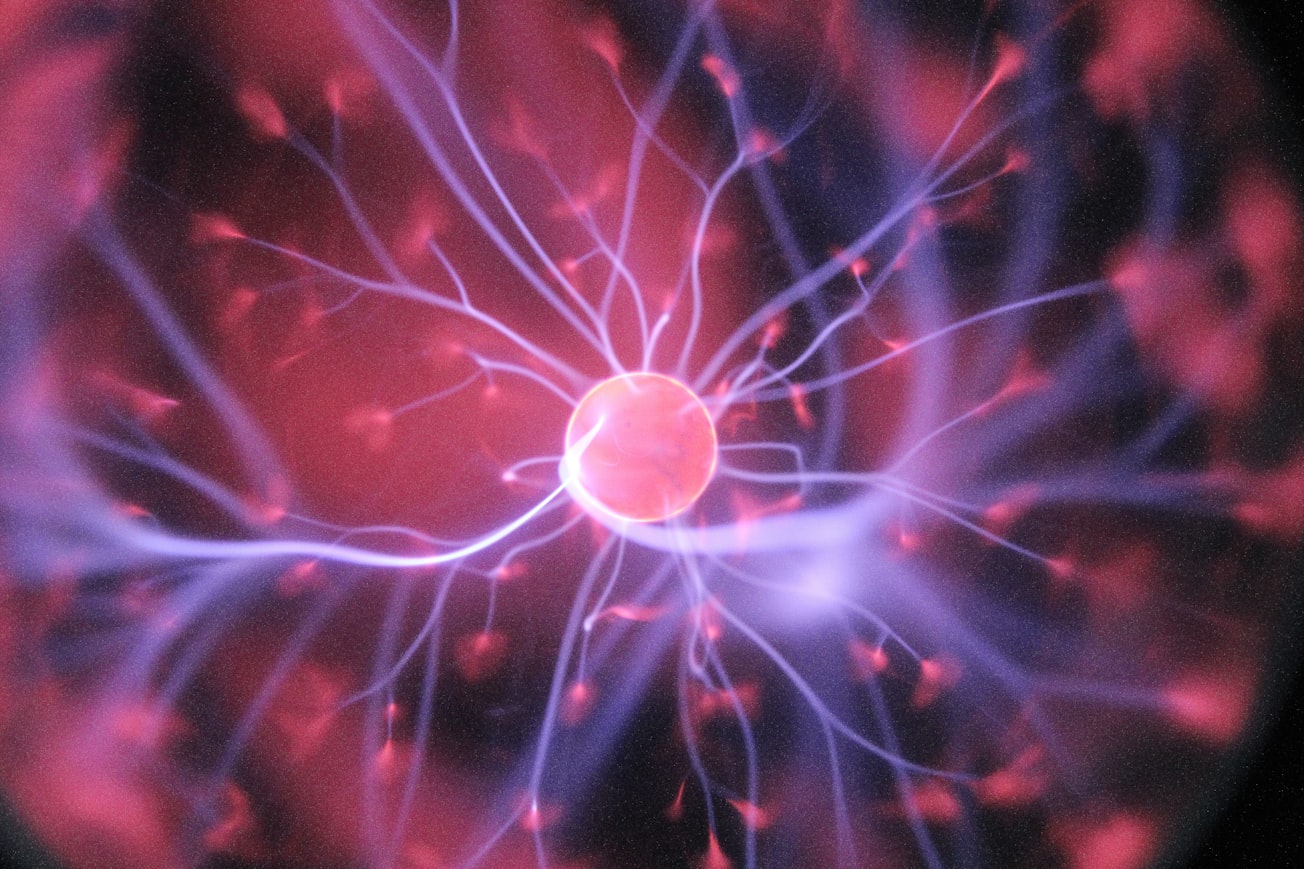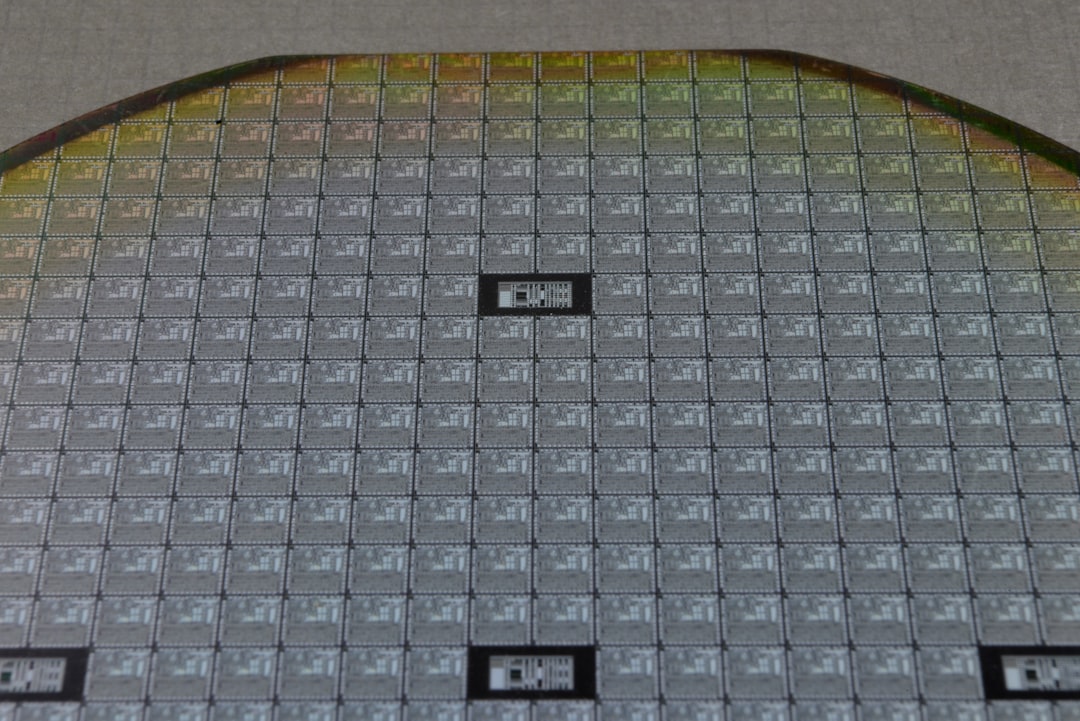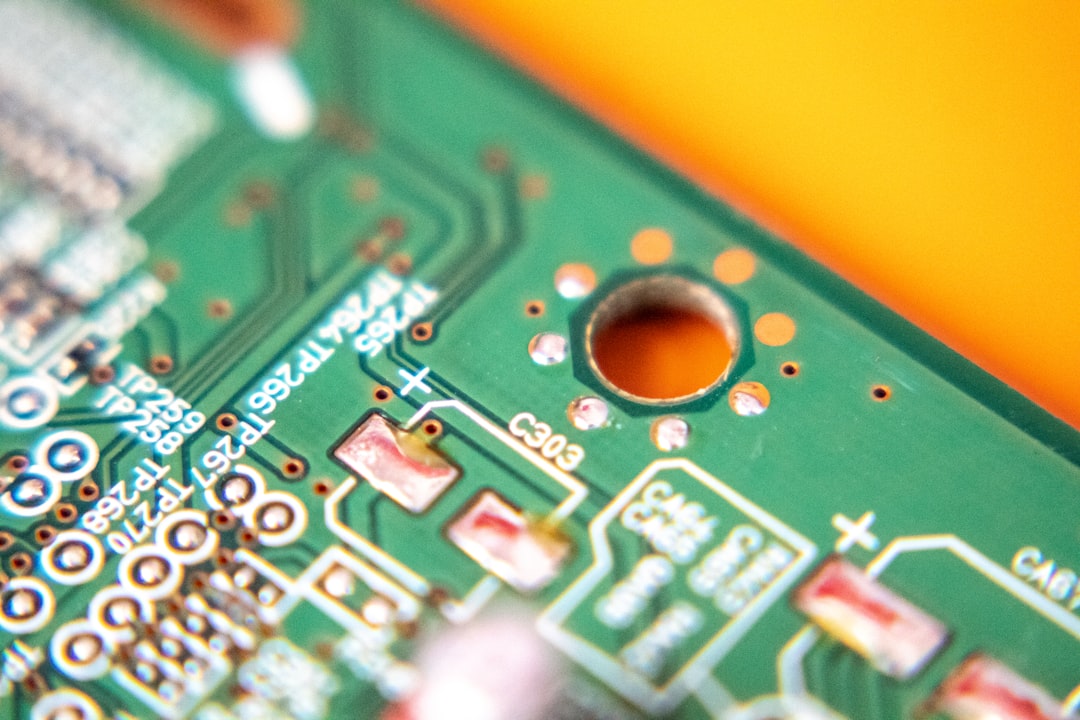What is it about?
We survey the recent research progresses of emerging synaptic transistors fabricated with both an oxide semiconductor channel and oxide dielectrics from the material and device performance perceptions. Based on the charge relocation in dielectrics for gating the channel conductance, four types of devices are classified and discussed, including oxide electrolyte-gated transistors, ion-doped oxide electrolyte-gated transistors, ferroelectric-gated transistors, and charge trapping-gated transistors. Apart from the summary of the recent reported works, we have discussed the limitations and the performance improvement of oxide-based synaptic transistors. The deployment of circuitry and algorithms for neural network are also specified. Based on the discussion, to advance the field of neuromorphic hardware, the integration of multiple disciplines including materials science, peripheral circuitry, computation science and neuroscience must be further explored.
Featured Image

Photo by Hal Gatewood on Unsplash
Why is it important?
This is the first time to explore the fundamental physical mechanisms, which will benefit the reliability and yield of the synaptic devices. The challenges and prospects of oxide-based three-terminal artificial synapses are specified for the advanced application.
Perspectives
With the increasing demand for computing power in the era of big data, the neuromorphic paradigm, inspired from the biological system, has become conspicuous due to the potential of massive parallelism and cognitive operations with low power consumption. Thus, it is urgent to construct the brain-inspired physical neural network for hardware implementation. Among various emerging neuromorphic devices, the oxide-based three-terminal artificial synapses merit the attention because of the high energy efficiency, scalability and compatibility with the silicon technology, as well as the concurrent signal transmitting-and-learning. This represents the first research that explores these fundamental physical mechanisms, which will benefit the reliability and yield of the synaptic devices. However, to advance the field of neuromorphic hardware, the integration of multiple disciplines including materials science, peripheral circuitry, computation science and neuroscience must be further explored.
Jen-Sue Chen
National Cheng Kung University
Read the Original
This page is a summary of: Perspective on oxide-based three-terminal artificial synapses in physical neural networks, Applied Physics Letters, November 2022, American Institute of Physics,
DOI: 10.1063/5.0115449.
You can read the full text:
Contributors
The following have contributed to this page










